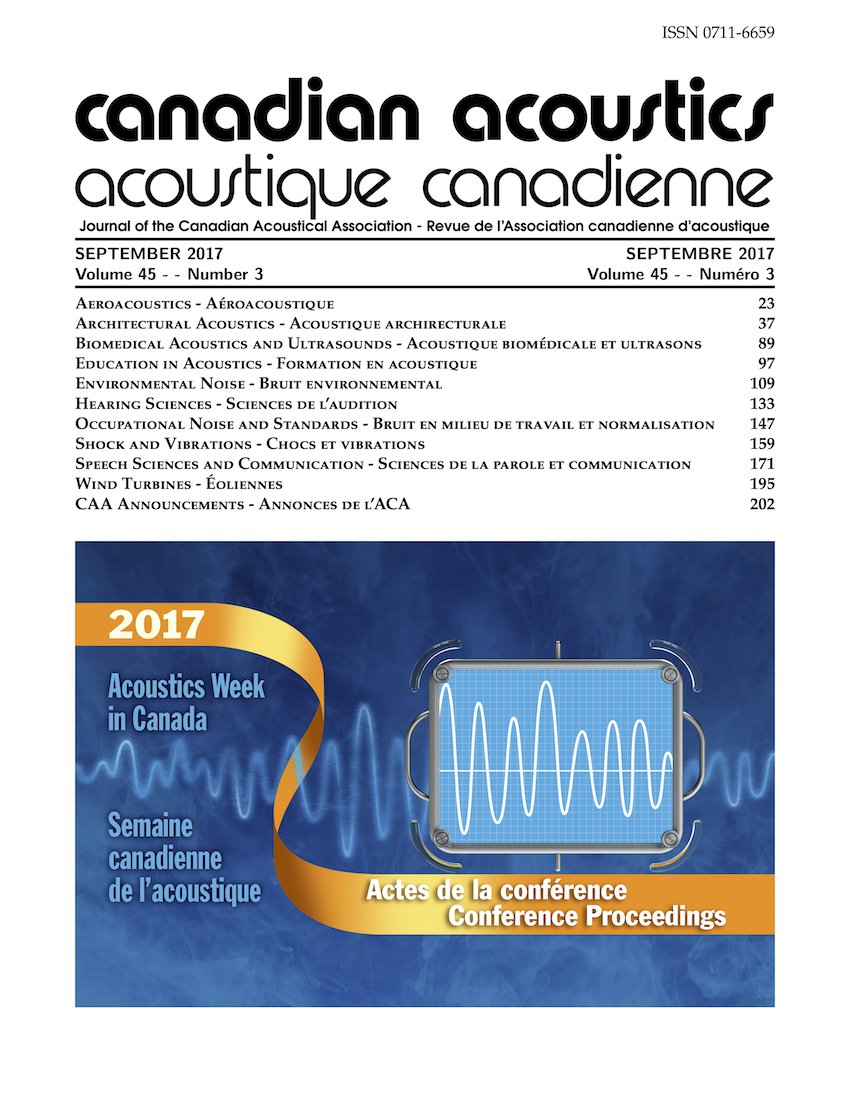Investigation of Flanking Noise Transmission into a Reverberation Room
Abstract
Testing facilities such as reverberation rooms or anechoic chambers are prone to flanking noise transmission problems. In this work, detailed characterisation of flanking noise transmission into an industrial reverberation room is presented. Combination of acoustic mapping technique and structural vibrations measurements were performed in order to detect the cause of flanking noise transmission. The industrial reverberation room under consideration is located within a manufacturing facility hence, the measurements were performed in two scenarios; namely, when the facility was operating and when the facility was not operating. One-third octave analysis show that some of the low frequency bands are leaking into the reverberation room. It is revealed that the flanking noise is emanating from structural vibrations. Several countermeasures to reduce the flanking noise issue were investigated. Field measurements are performed after the developed mitigation technique is implemented and the results show that the flanking noise transmission into the reverberation room is significantly reduced in the targeted frequency bands.
Additional Files
Published
How to Cite
Issue
Section
License
Author Licensing Addendum
This Licensing Addendum ("Addendum") is entered into between the undersigned Author(s) and Canadian Acoustics journal published by the Canadian Acoustical Association (hereinafter referred to as the "Publisher"). The Author(s) and the Publisher agree as follows:
-
Retained Rights: The Author(s) retain(s) the following rights:
- The right to reproduce, distribute, and publicly display the Work on the Author's personal website or the website of the Author's institution.
- The right to use the Work in the Author's teaching activities and presentations.
- The right to include the Work in a compilation for the Author's personal use, not for sale.
-
Grant of License: The Author(s) grant(s) to the Publisher a worldwide exclusive license to publish, reproduce, distribute, and display the Work in Canadian Acoustics and any other formats and media deemed appropriate by the Publisher.
-
Attribution: The Publisher agrees to include proper attribution to the Author(s) in all publications and reproductions of the Work.
-
No Conflict: This Addendum is intended to be in harmony with, and not in conflict with, the terms and conditions of the original agreement entered into between the Author(s) and the Publisher.
-
Copyright Clause: Copyright on articles is held by the Author(s). The corresponding Author has the right to grant on behalf of all Authors and does grant on behalf of all Authors, a worldwide exclusive license to the Publisher and its licensees in perpetuity, in all forms, formats, and media (whether known now or created in the future), including but not limited to the rights to publish, reproduce, distribute, display, store, translate, create adaptations, reprints, include within collections, and create summaries, extracts, and/or abstracts of the Contribution.


